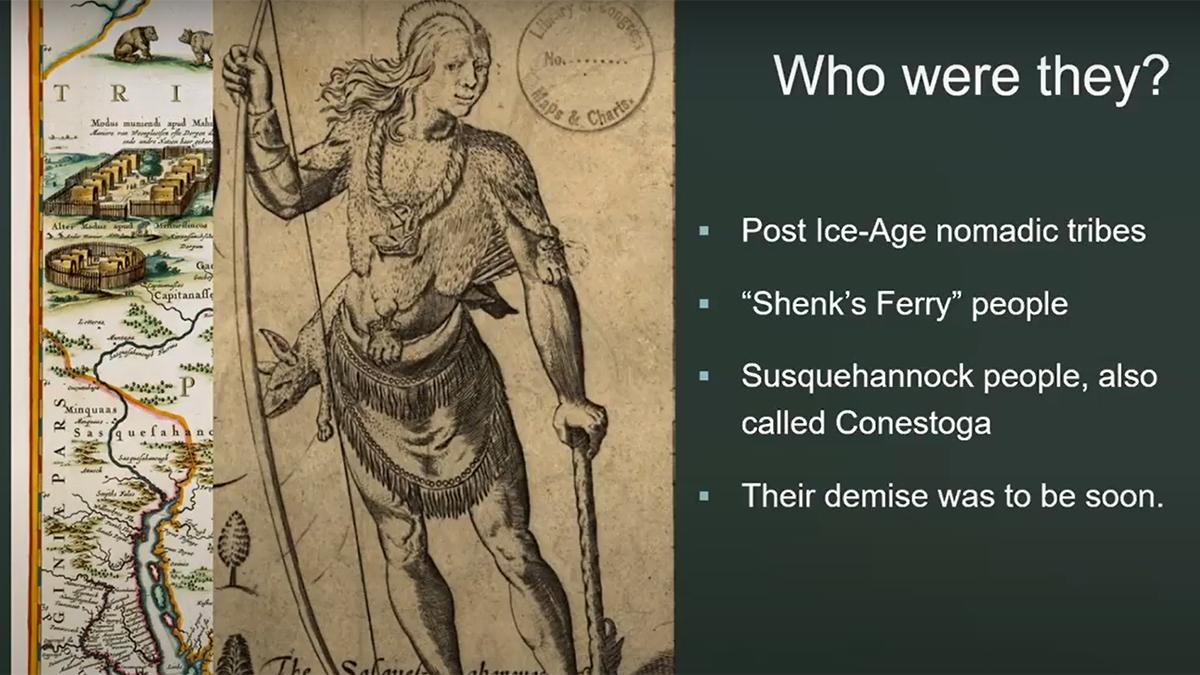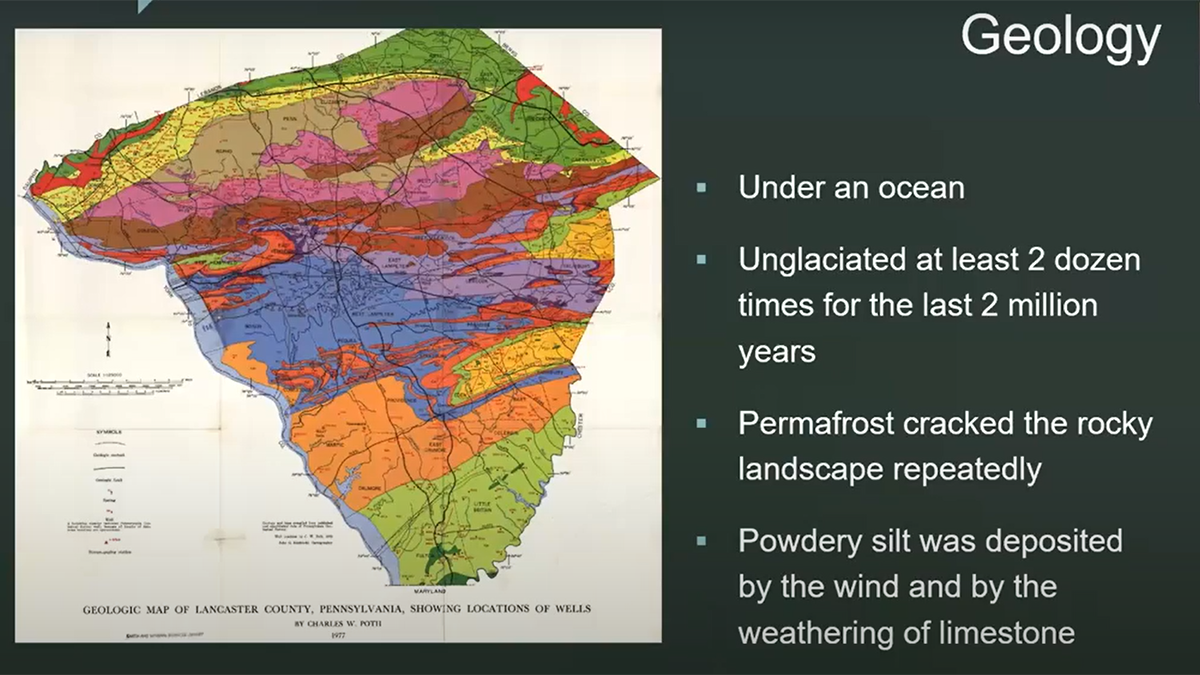Blog
History of Lancaster County for Newbies: The Plain Sects
In this segment of History of Lancaster County for Newbies, board member Benton Webber discusses the Plain Sects of Lancaster County. The Anabaptists populated much of Lancaster County and affected it in many ways. Culture, ethos, landscape, and economy have all been touched. Historic Preservation Trust of Lancaster County The Trust was established in 1966…
Read MoreGone, But Not Forgotten: Red Barn in winter
Gone, But Not Forgotten: Red Barn in winter In 2008, the Historic Preservation Trust of Lancaster County created a calendar series entitled “Gone, but not Forgotten” as a reminder of some things that aren’t here anymore. Red Barn in winter was the featured image for June of that year and was painted by J. Richard…
Read MoreHistory of Lancaster County for Newbies: First Humans
In this segment of History of Lancaster County for Newbies, board member Benton Webber discusses the first humans in Lancaster County. Obviously, white Europeans were not the first people to live in this part of the world. Who were they were and what was their life like? Historic Preservation Trust of Lancaster County The…
Read MoreHistory of Lancaster County for Newbies: Our Natural Environment
In this segment of History of Lancaster County for Newbies, board member Benton Webber discusses how Lancaster County’s unique natural environment has impacted our lives from the very earliest days. This brief video explains the natural forces that created the treasures we all enjoy and need to protect. Historic Preservation Trust of Lancaster County…
Read MoreGone, But Not Forgotten: Hinkletown Mill
Gone, But Not Forgotten: Hinkletown Mill In 2008, the Historic Preservation Trust of Lancaster County created a calendar series entitled “Gone, but not Forgotten” as a reminder of some things that aren’t here anymore. The Hinkletown Mill was the featured image for May of that year and was painted by J. Richard Shoemaker. Artist’s Notes…
Read MoreGone, But Not Forgotten: Elm Tree Dairy
Gone, But Not Forgotten: Elm Tree Dairy In 2008, the Historic Preservation Trust of Lancaster County created a calendar series entitled “Gone, but not Forgotten” as a reminder of some things that aren’t here anymore. The Elm Tree Dairy was the featured image for April of that year and was painted by J. Richard Shoemaker.…
Read MoreGone, But Not Forgotten: Amish Schoolhouse
Gone, But Not Forgotten: Weather Mountville Barn In 2008, the Historic Preservation Trust of Lancaster County created a calendar series entitled “Gone, but not Forgotten” as a reminder of some things that aren’t here anymore. The Amish schoolhouse Barn was the featured image for March of that year and painted by J. Richard Shoemaker. Artist’s…
Read MoreSign up for the ‘Secret Trust Adventure’ today!
Update March 21, 2021. It was a whirlwind of a weekend! Scores of people joined the crusade to find the treasure at the end of the Secret Trust Adventure. The Longnecker family using a single segment of the GPS coordinates and their superior local history skills to decipher the poem located the cache this evening.…
Read MoreBlast from the Past: Canoeing Guide to the Historic Conestoga
Imagine our pleasant surprise to rediscover this advertisement for the Sehner-Ellicott-von Hess House on the back of the Canoeing Guide to the Historic Conestoga published by the Conestoga Valley Association in 1976. Here’s the text of the ad. Treasured Lancaster Landmark – Built 1780 Home of Andrew Ellicott Home of Penna. Chapter No. I Lewis &…
Read MoreArchitectural Tour of Mount Joy: Bube’s Brewery
Central Hotel / Bube’s Brewery / Cooper Shed 102 North Market Street Mount Joy, PA 17552 Bube’s Brewery is the most important and still surviving late 1800s brewery and one of the few late Victorian hotels in intact condition, remaining in Lancaster County. The entire complex, including the brewery, cooper’s shed, and bottling works buildings,…
Read More













